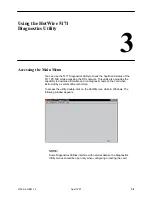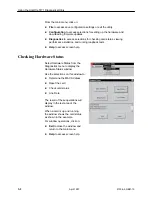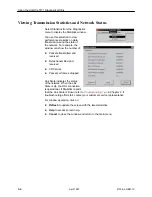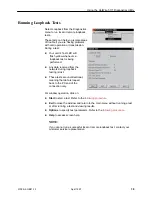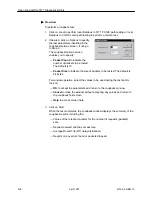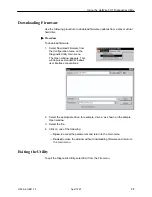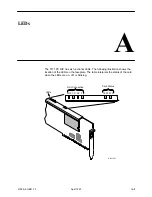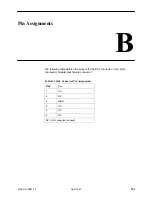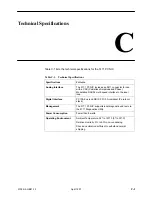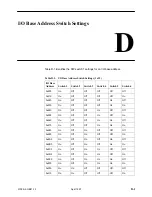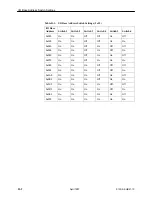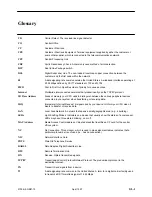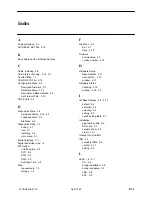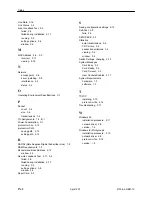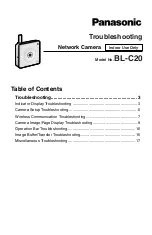
GL-1
5100-A2-GB21-10
April 1997
Glossary
Carrier Detect. The received line signal detector.
Central Office.
Customer Premises.
Customer Premises Equipment. Terminal equipment supplied by either the customer or
some other supplier, which is connected to the telecommunications network.
Central Processing Unit.
Cyclic Redundancy Check. A commonly used method of error detection.
Dual In-line Package switch.
Digital Subscriber Line. The non-loaded, local-loop copper connection between the
customer and the first node within the network.
A data signaling rate common outside the United States. A wideband interface operating at
2.048 Mbps defined by CCITT standards G.703 and G.704.
First In First Out. Specifies order of priority for queued entries.
Worldwide interconnected networks that predominantly use the TCP/IP protocol.
Areas of memory your CPU uses to distinguish between the various peripheral devices
connected to your system when transferring or receiving data.
(Hardware) Interrupt Request. A signal used by your device to inform your CPU when it
wants to transfer or receive data.
Local Area Network. A network that spans a small geographic area (e.g., a building).
Light Emitting Diodes. Indicators on a device that usually show the status of a component.
LEDs may have three states: blinking, on or off.
Media Access Control address. Virtual address that identifies a CP card for the central
office system.
No Connection. This acronym, which is used in pin assignment tables, indicates that a
particular pin number is not used (i.e., has no connection).
Network Interface Card.
Plain Old Telephone Service.
Rate Adaptive Digital Subscriber Line.
Remote Termination Unit.
Receive. Obtain transmitted signals.
Transmission Control Protocol/Internet Protocol. The predominant protocol in the
worldwide Internet.
Transmit. Send signals from a device.
A data signaling rate common in the United States. A term for a digital carrier facility used
to transmit a DS1 formatted signal of 1.544 Mbps.
CD
CO
CP
CPE
CPU
CRC
DIP
DSL
E1
FIFO
Internet
I/O Base Address
IRQ
LAN
LEDs
MAC Address
NC
NIC
POTS
RADSL
RTU
RX
TCP/IP
TX
T1


